Reasons why your aquarium water has bubbles or foaming
Understanding Bubbles and Foaming in Your Aquarium
Seeing bubbles in water or foam on the surface of your aquarium can be alarming for many aquarium owners. While some bubbles are natural and harmless, persistent foam or excessive bubbling can indicate an underlying issue. It’s essential to understand the causes behind these occurrences to maintain a healthy aquatic environment.
In this article, we’ll explore the most common reasons for foam bubbles and provide insights into how to identify and address them. Whether it’s due to excessive protein, aeration, or biological growth, understanding why does my water have bubbles is the first step toward resolving the problem.
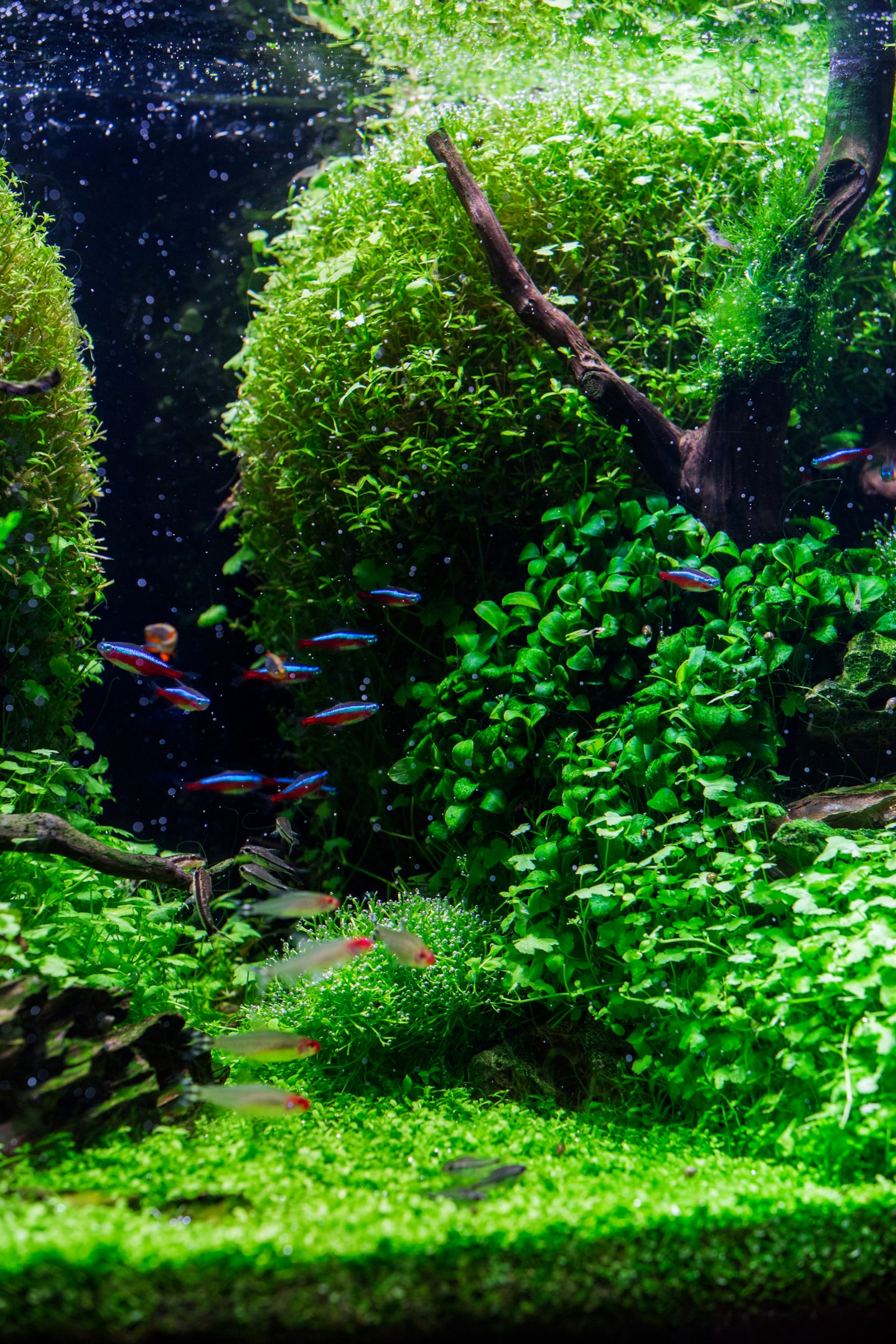
Excessive Protein or Organic Material in the Water
One of the most common causes of foam bubbles in an aquarium is the buildup of organic material such as fish waste, uneaten food, and decaying plant matter. These substances contain proteins that, when broken down, can create foam on the water’s surface. This occurs because organic matter creates surface tension, causing bubbles to form.
If your aquarium is not properly cleaned or the filtration system is insufficient, excess protein can build up over time. The presence of bubbles in aquarium water may indicate that it’s time to clean the tank and perform a water change to remove the accumulated waste and protein.
Water Aeration and CO2 Injection Systems
Aquarium systems with strong aeration or CO2 injection setups often experience an increase in bubble formation. Aquarium bubbles are naturally created when oxygen or carbon dioxide is added to the water. While aerators and CO2 systems help maintain a balanced environment for fish and plants, they can cause a temporary increase in bubbles.
Excessive aeration or a malfunctioning CO2 system can lead to foamy bubbles accumulating on the surface. This is usually not harmful but can indicate that the aeration or CO2 injection system needs to be adjusted to avoid overproduction of bubbles in the aquarium.
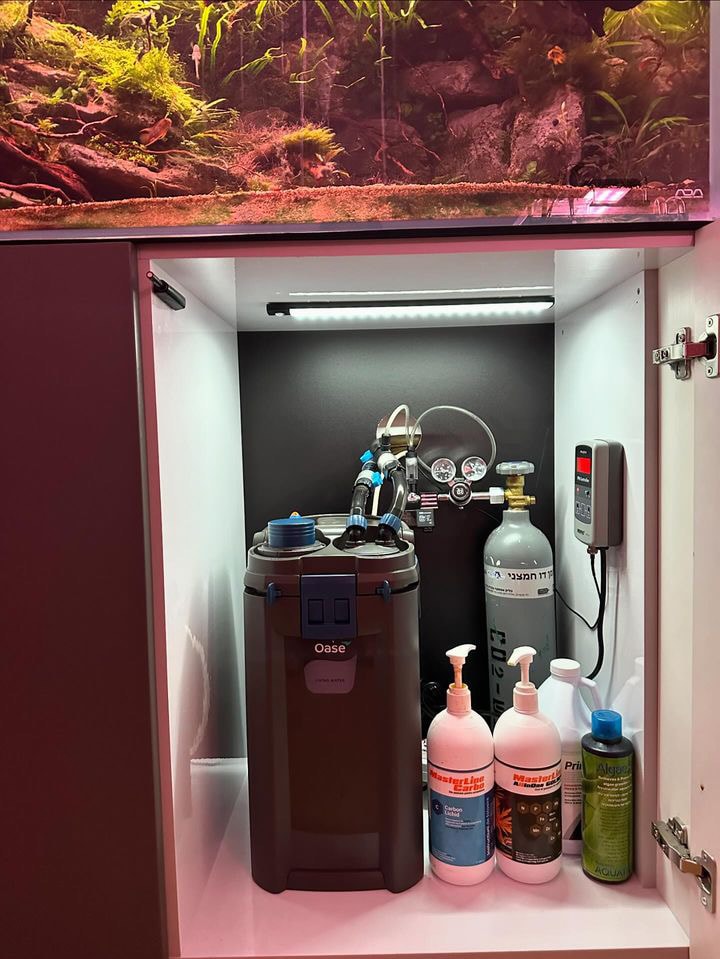
The Role of Biofilm in Aquarium Water
Another common reason for the formation of bubbles in your aquarium is the development of biofilm in aquarium surfaces. Biofilm is a layer of bacteria and microorganisms that form on the surfaces of your tank, including plants, rocks, and equipment. While biofilm is a natural part of the aquarium ecosystem, it can sometimes cause bubbles to form when it breaks down or is disturbed.
As biofilm breaks down, it can create small pockets of gas that release as bubbles. These small gas pockets may become noticeable on surfaces or cause bubbles in aquarium water. Though this is generally harmless, excessive biofilm can contribute to poor water quality and should be cleaned periodically.
The Impact of Air Stones and Air Pumps on Bubble Formation
Using an air stone in your fish tank can be a great way to increase water aeration, which is beneficial for oxygenating the tank and improving water quality. However, sometimes this can lead to the formation of foamy bubbles. An air stone releases small tiny bubbles into the water, and these bubbles can sometimes create foam on the water surface, especially if they are introduced too quickly or in excess. The right amount of aeration helps with oxygen distribution, but too much can create excessive foam.
In addition to the air stone, an air pump plays a key role in oxygenating the tank and ensuring that the fish receive adequate oxygen. However, when using both the air stone and air pump, it's important to monitor the water's aeration levels. Over-aeration can result in foamy bubbles, leading to surface foam that may affect the overall appearance of your tank. It's always essential to balance the use of air systems in your fish tank to prevent this issue.
Bubble Nests and Their Role in Fish Behavior
Certain species of fish, such as the beta fish, are known for creating bubble nests on the surface of the water. These nests consist of small bubbles that the fish produce using their mouths and create as a breeding behavior. While bubble nests are perfectly normal, they can sometimes lead to the appearance of foamy bubbles on the surface of the water. The presence of these nests typically indicates that your fish are in a healthy, comfortable environment where they feel secure enough to breed.
If you notice bubble nests in your fish tank, don’t be alarmed, as it’s a natural part of your fish's behavior. However, if the bubbles persist or there is excessive foam, it might indicate other issues, such as an imbalance in the tank’s water chemistry or an excess of organic waste. Maintaining proper filtration and conducting regular water changes can help ensure that the bubbles are caused by natural processes rather than external factors like pollutants or high levels of organic waste.
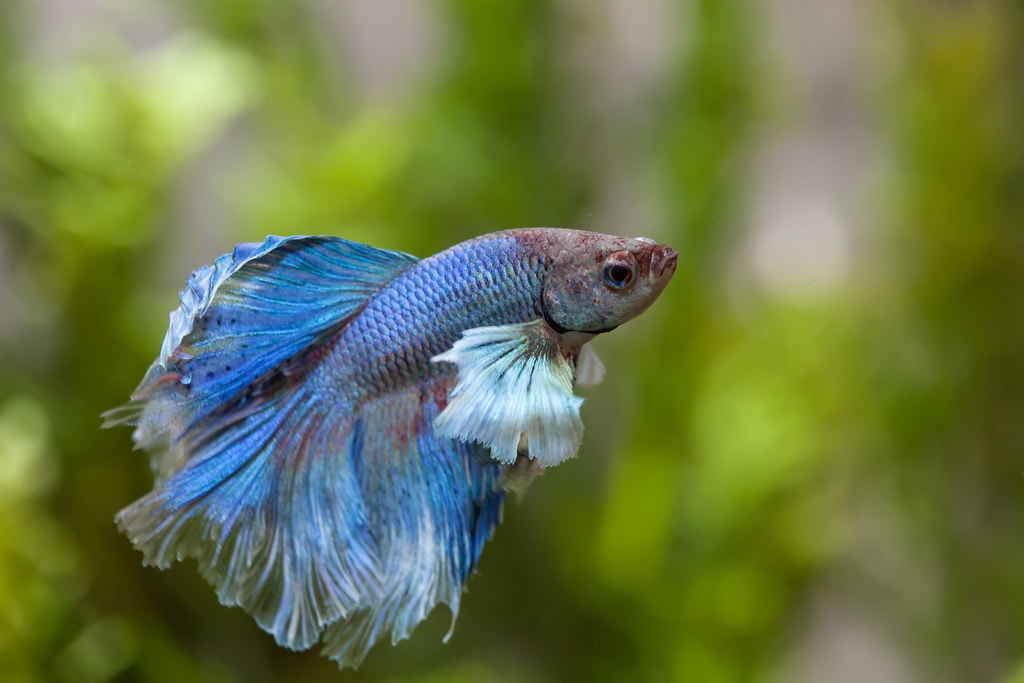
Overfeeding and Its Effects on Foam and Bubbles
Overfeeding your fish can lead to an accumulation of uneaten fish foods in the fish tank, which eventually breaks down and contributes to the buildup of organic waste. This organic waste can interact with the water and cause the formation of foam and foamy bubbles on the surface. The leftover food increases the organic load in the tank, leading to a decrease in water quality. As the food decomposes, it releases proteins into the water, which create bubbles due to the disruption of the surface tension of the water.
It's crucial to avoid overfeeding your fish to prevent excess food from decomposing into organic waste. Regular water changes and careful monitoring of the amount of food you provide can help manage this issue. Additionally, a sponge filter can help remove excess organic waste and improve the filtration of your fish tank, reducing the chances of excessive foam formation caused by organic decomposition.
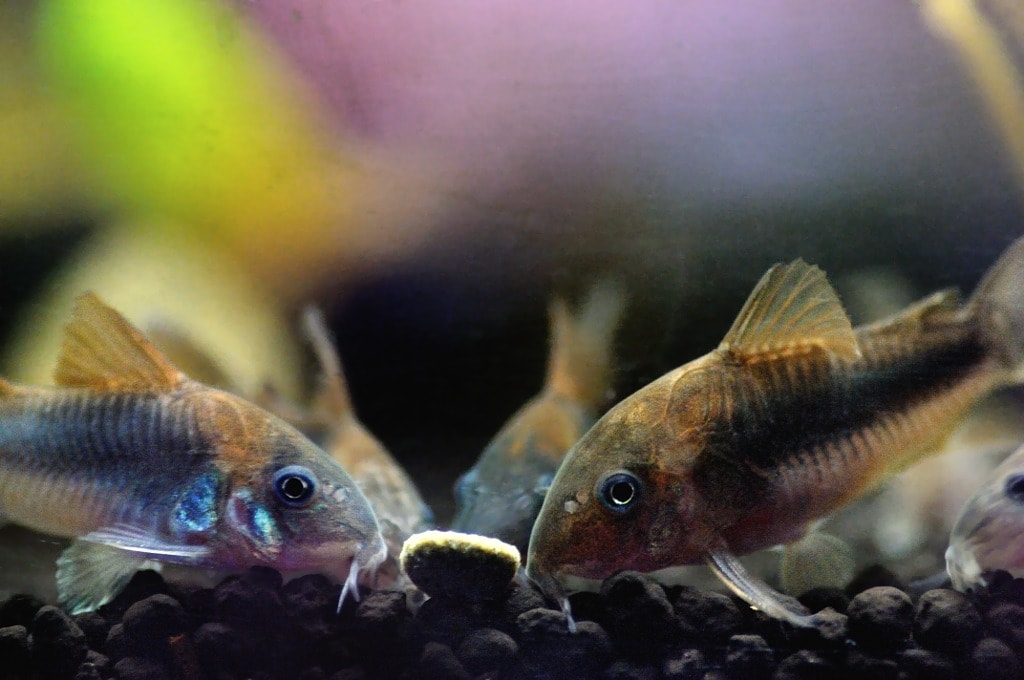
The Role of Fish Medications and Chemicals in Foam Formation
Certain fish medications can also contribute to the appearance of foam in the aquarium. Medications often contain chemicals that may cause temporary bubbles when they come in contact with water. For example, when treating fish for illness, certain treatments may cause a reaction that produces foamy bubbles on the water's surface. This foam may also be caused by any chemical residues or reactions between the medications and the organic matter in the tank.
To avoid this, it’s important to always follow the correct dosage instructions when using fish medications and ensure the tank is properly filtered afterward. Performing a water change after medication treatments can help remove any residual chemicals from the water, reducing the chance of foam formation. Regular maintenance of your tank, including cleaning the filter and checking the water's quality, ensures that any foam caused by fish medications is cleared and doesn't negatively impact your aquarium's health.
The Role of Soap Residue and Contaminants in Foam Formation
Another potential cause of foam and bubbles in your aquarium is the presence of soap residue or contaminants in the water. If cleaning tools such as aquarium decorations, glass, or equipment have been washed with soap or chemicals, it can leave behind residues that cause foamy bubbles when introduced into the fish tank. Even trace amounts of soap residue can disrupt the surface tension of the water, leading to excessive foam formation.
To prevent this, it's important to always rinse your equipment thoroughly before placing it back into the aquarium. Avoid using any soaps or cleaning products that are not specifically designed for aquarium use. Additionally, performing a water change after cleaning your tank or equipment can help remove any contaminants that might contribute to foam on the water surface.
Maintaining a Healthy Aquarium: Preventing Bubbles and Foam
The key to preventing excessive foam and bubbles in your aquarium is maintaining a stable, healthy environment for your fish. This includes regular water changes, proper feeding habits, and ensuring your filtration system is up to par. Ensuring that your tank is well-maintained and your water chemistry is balanced will prevent issues such as the overproduction of bubble nests or excess foam caused by organic waste.
Regular maintenance, such as cleaning the sponge filter and filter, along with controlling the aeration levels from devices like the air pump, will help reduce unwanted foam or bubbles in water. It’s important to provide the right amount of oxygen to your tank, as over-aeration or under-aeration can also contribute to foam formation. By staying on top of these factors, you’ll create a healthier environment for your fish and reduce the occurrence of foamy bubbles on the surface.
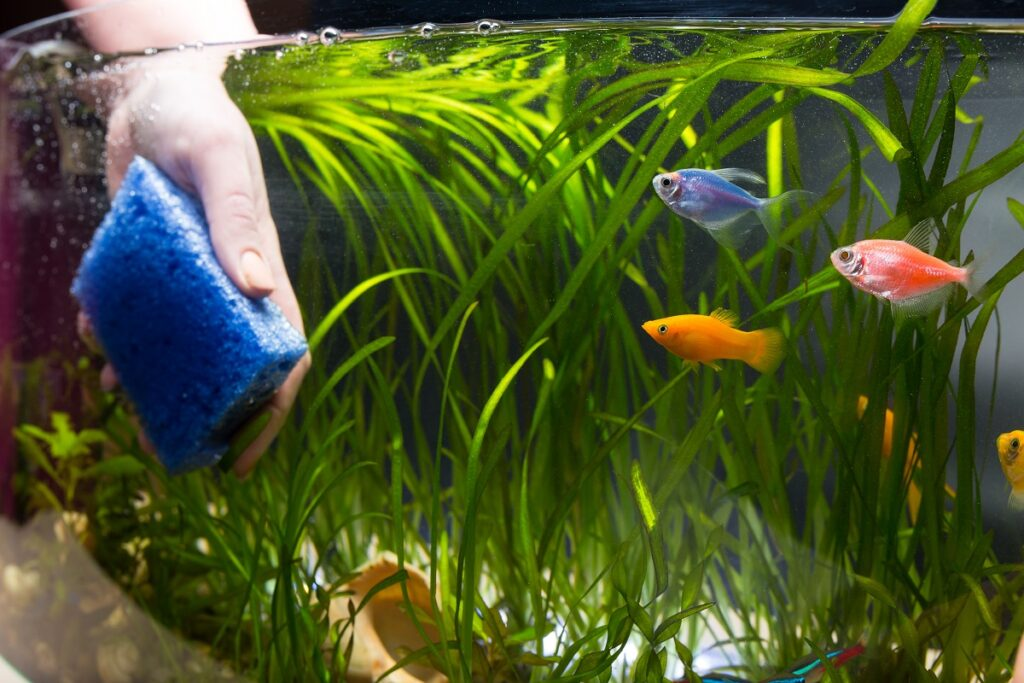
Any questions? Our Support Team is always ready to answer them! Contact us directly via support@co2art.us!




